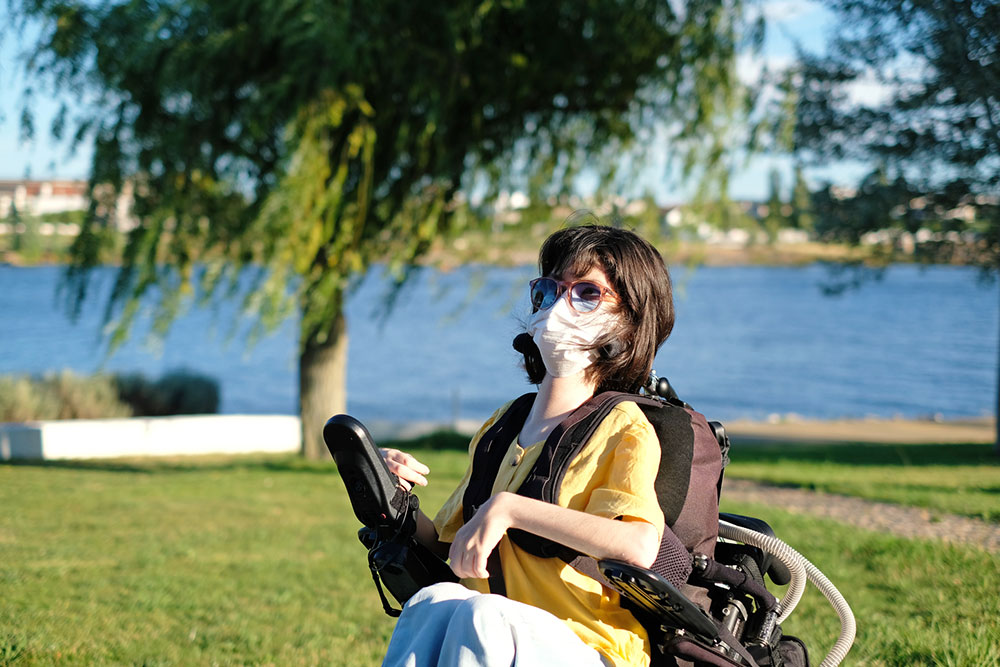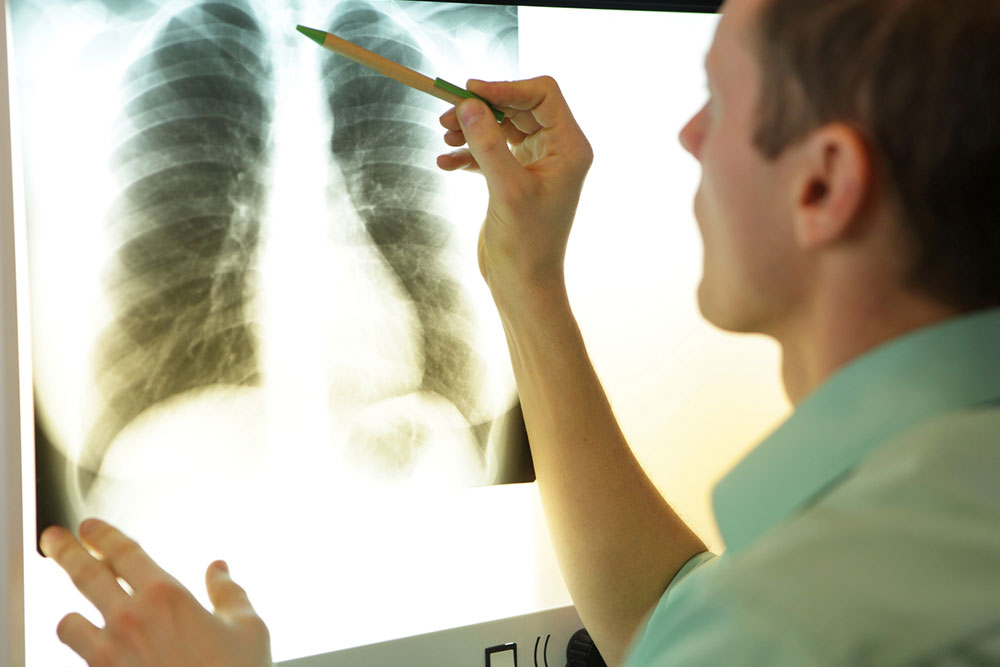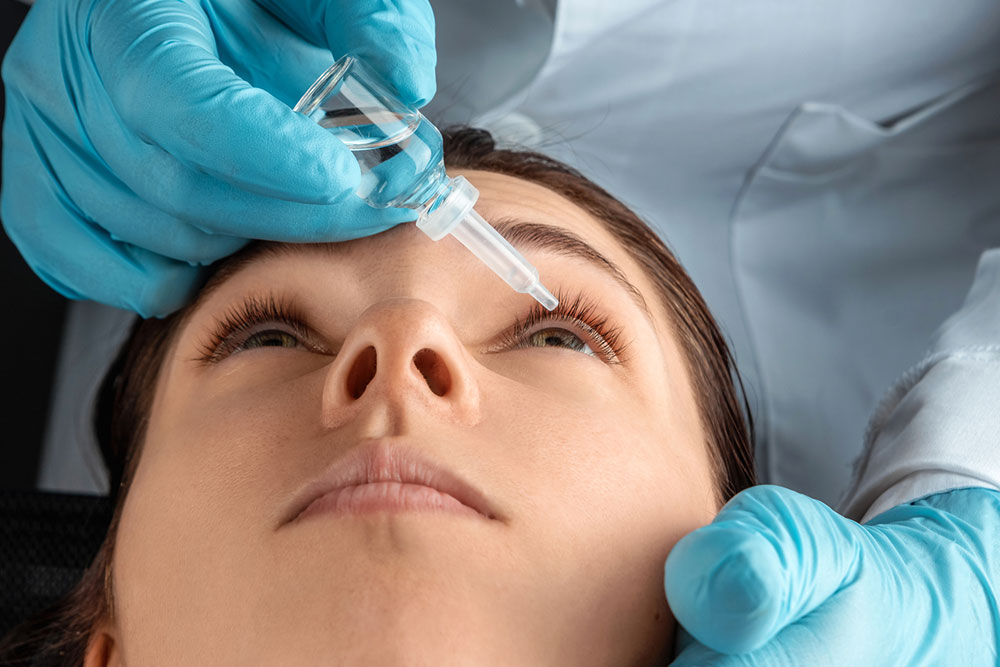8 common early symptoms of narcolepsy
Narcolepsy is a sleep disorder that can make one feel extremely drowsy during the day. Those affected also find it harder to stay awake for longer periods and consequently experience trouble carrying out daily tasks. Narcolepsy can be managed with prescriptions and other remedies, with early treatment helping control symptoms that affect daily routine. So, here are early warning signs of narcolepsy that should prompt one to seek medical intervention: 1. Excessive daytime sleepiness One of the most visible early warning signs of narcolepsy is feeling excessively sleepy during the day. Further, one may fall asleep without warning anytime and anywhere. For instance, one might be working or talking to their friends and fall asleep out of the blue. They may stay asleep for a few minutes or up to half an hour. While they might feel refreshed when they wake up, the symptoms might return soon after. 2. Automatic behavior Those with narcolepsy may continue to function even through their episodes of sleep, such as talking or putting away things. However, they may have no memory of performing these tasks once awake. These activities may also be routine activities that one typically carries out while awake. Studies show that about 40% of people with narcolepsy experience episodes of such automatic behavior.
Read More 









